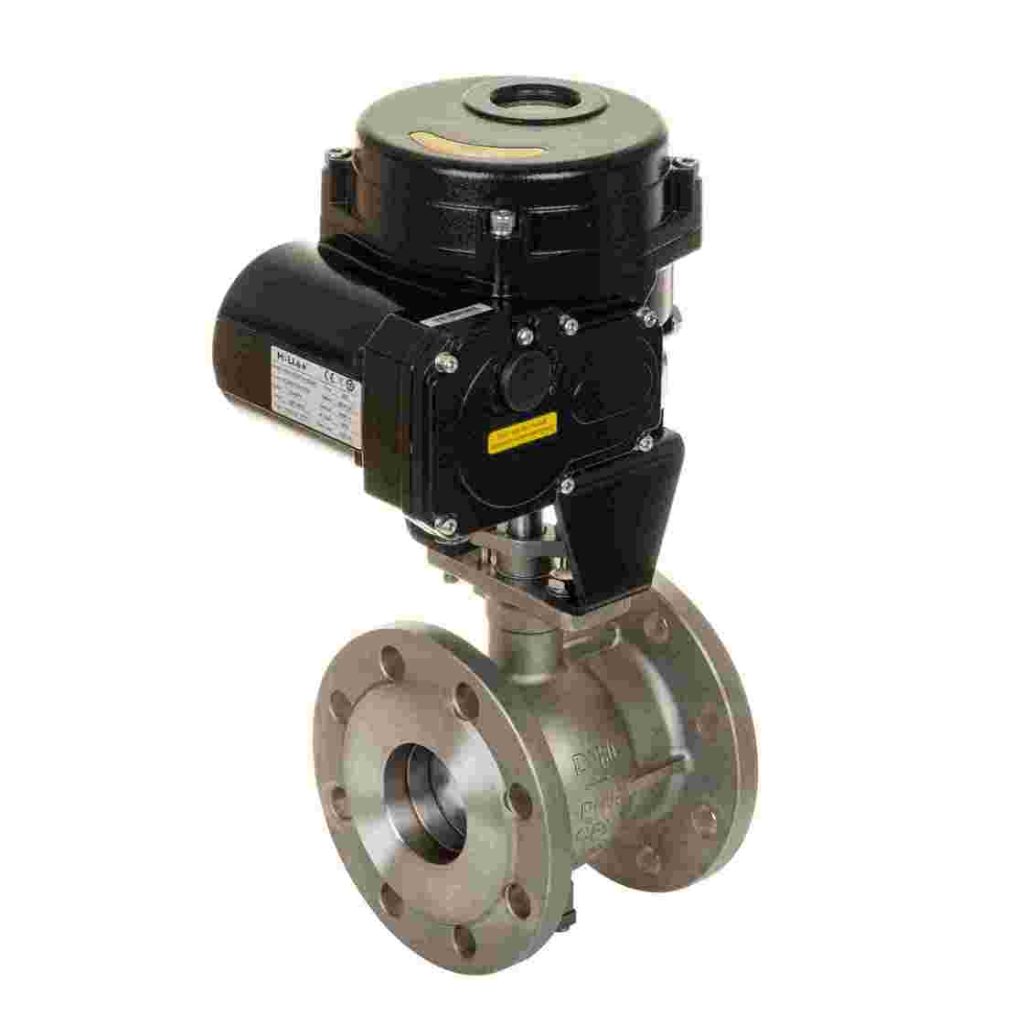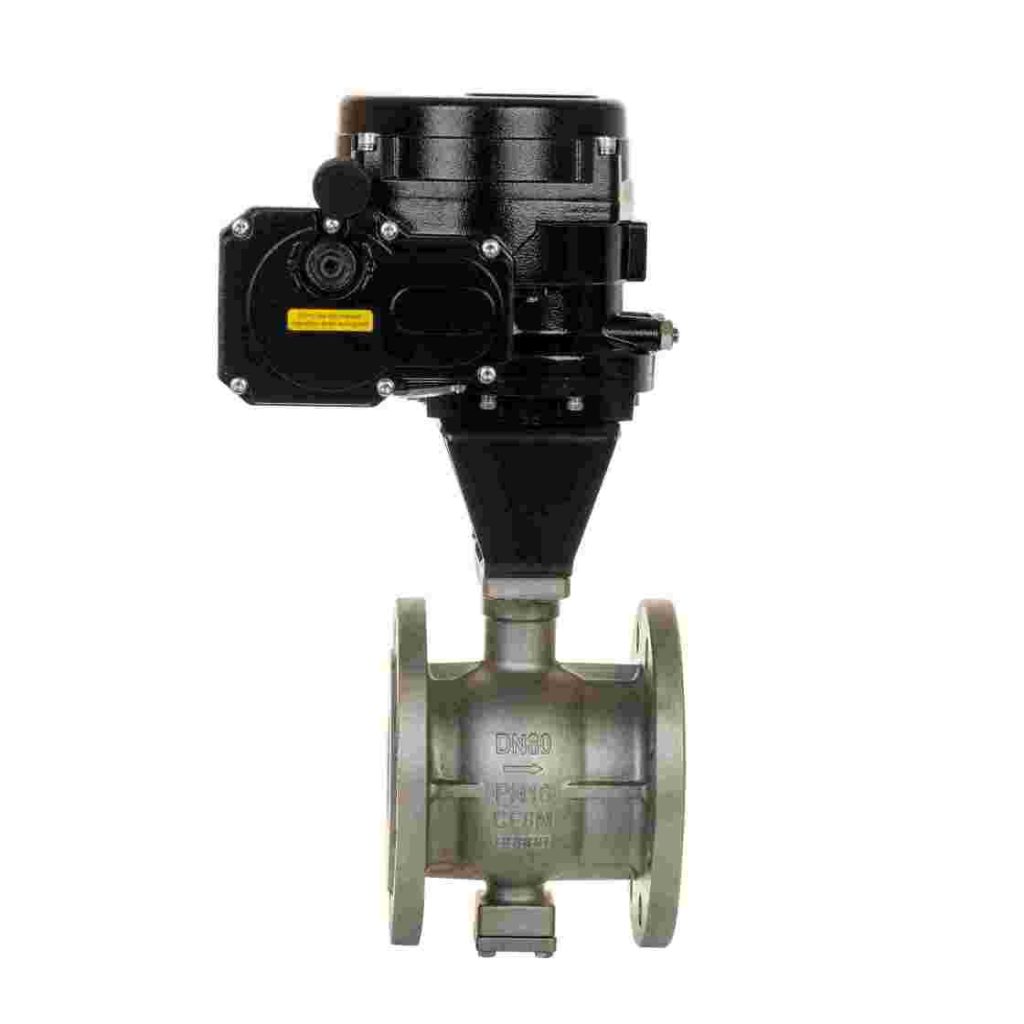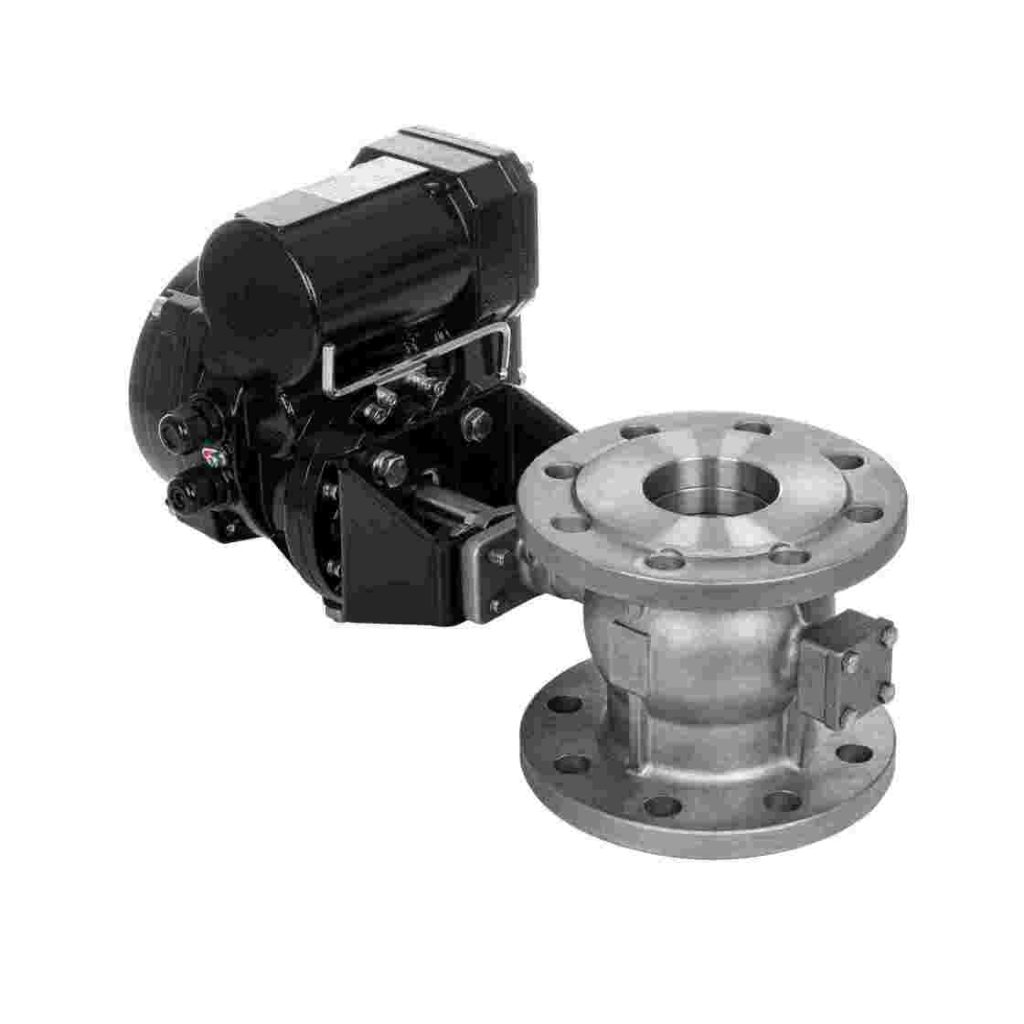The growing global focus on clean, renewable energy sources has prompted a significant increase in the development and adoption of hydrogen energy systems. As hydrogen continues to emerge as a sustainable alternative to fossil fuels, the need for highly efficient and reliable components in hydrogen infrastructure becomes more critical. One such component is the Hydrogen Energy Electric Stainless Steel Flange Ball Valve, a key player in the safe and effective transport, storage, and regulation of hydrogen gas within energy systems. This article explores the importance, design, and functionality of these valves, as well as their role in the future of hydrogen-based energy systems.

What Is a Hydrogen Energy Electric Stainless Steel Flange Ball Valve?

A hydrogen energy electric stainless steel flange ball valve is a type of industrial valve specifically designed for use in hydrogen energy systems. It combines the durability and corrosion resistance of stainless steel with the precision and automation provided by electric actuation. The valve typically features a ball with a hole through the center (a ball valve mechanism), which rotates to control the flow of hydrogen gas through pipelines, storage tanks, or processing units. The flange part of the valve refers to the method by which the valve is connected to the piping system, using flanged ends that are bolted together, ensuring a secure and leak-free connection. The electric actuation component allows the valve to be controlled remotely, facilitating the automation of hydrogen systems, which is essential in modern energy applications for safety and efficiency.

Leave a Reply